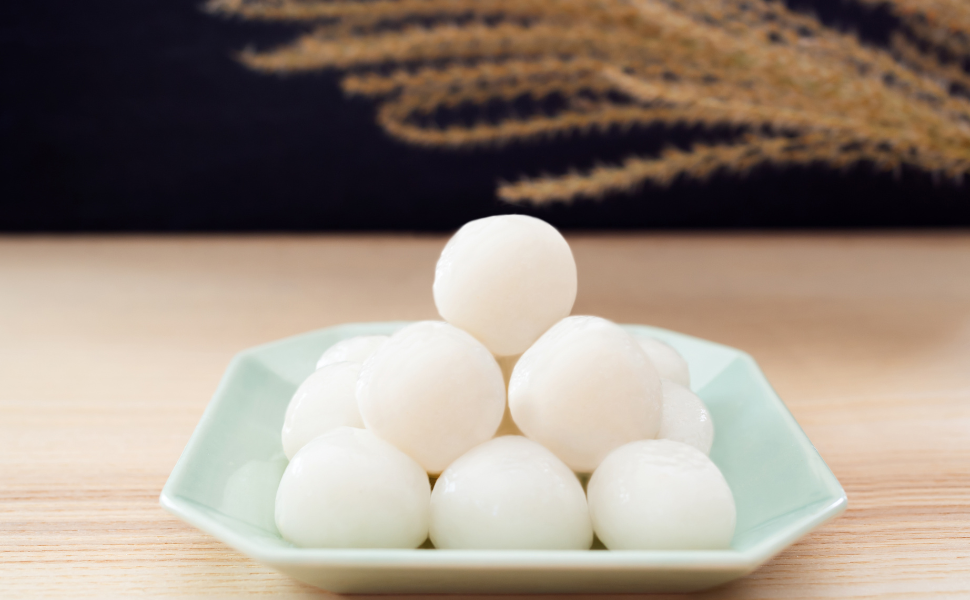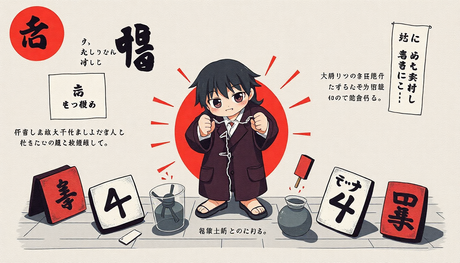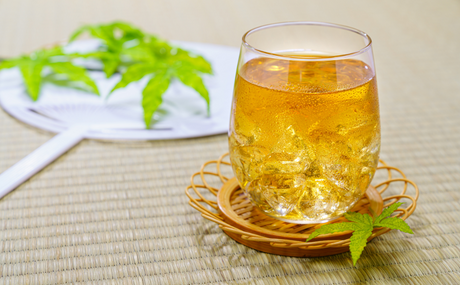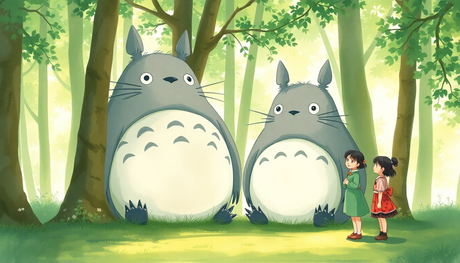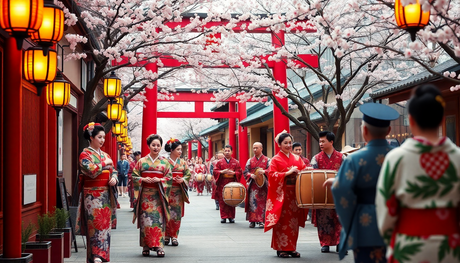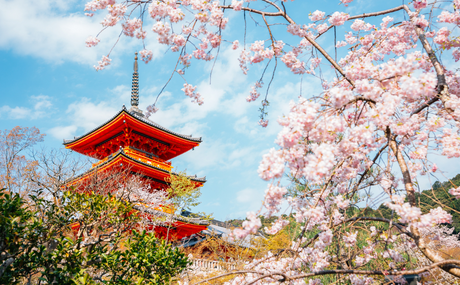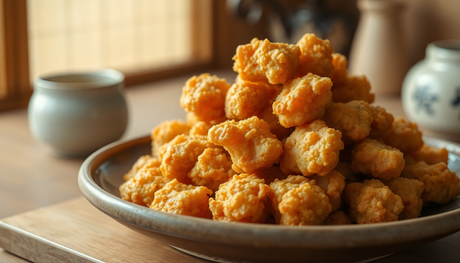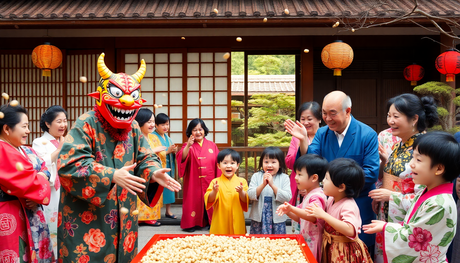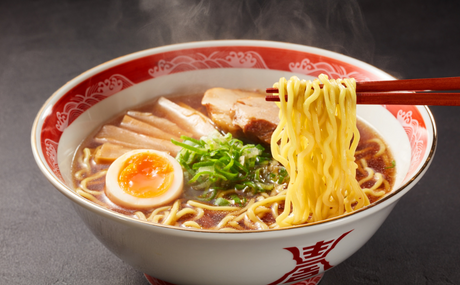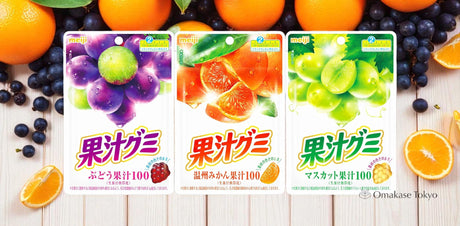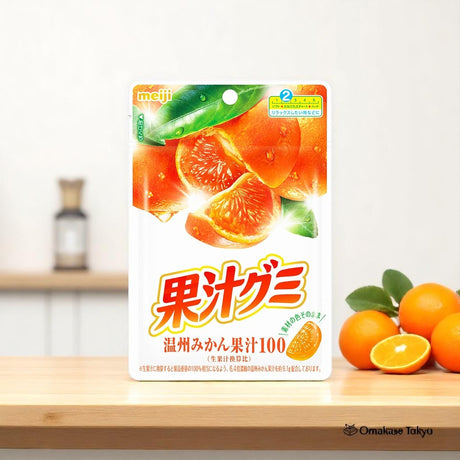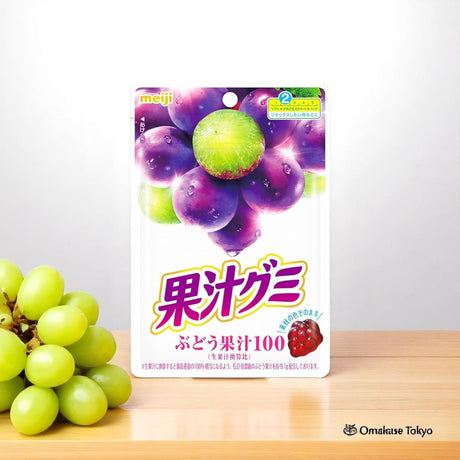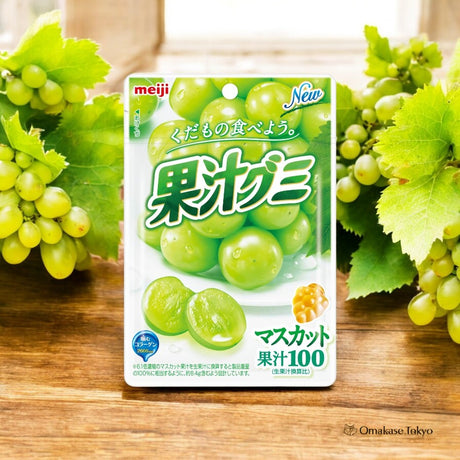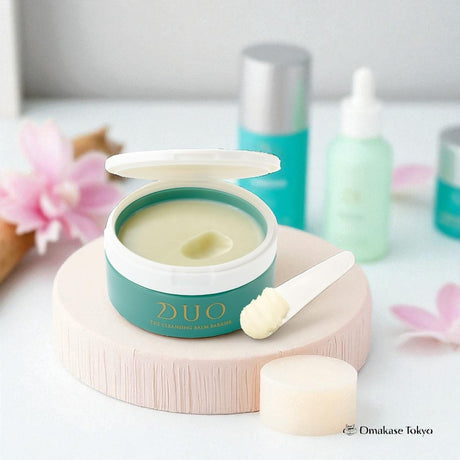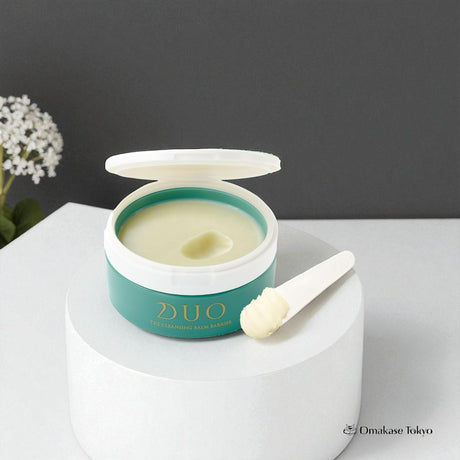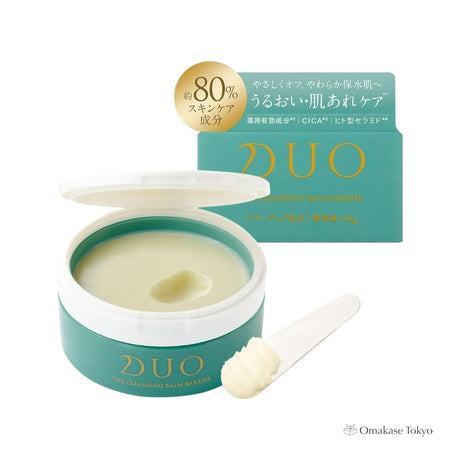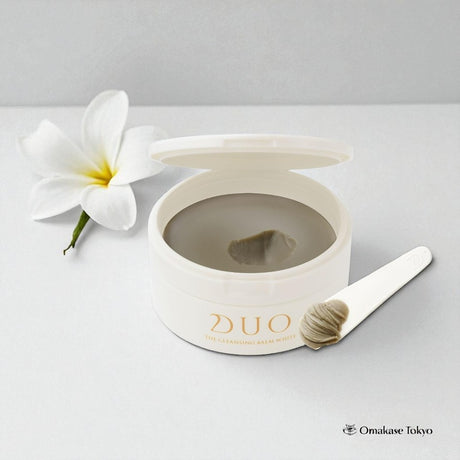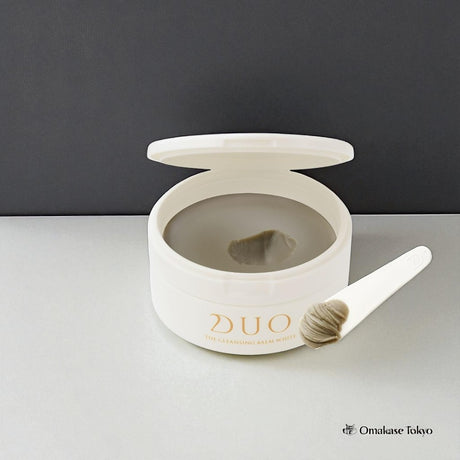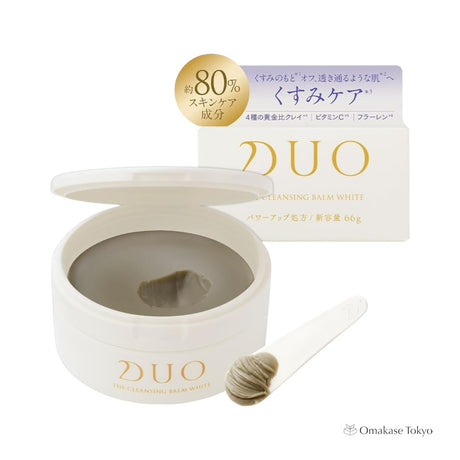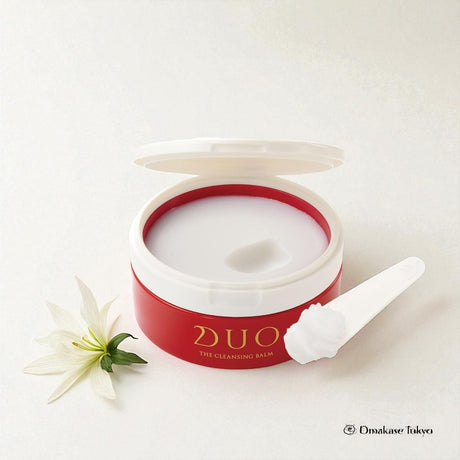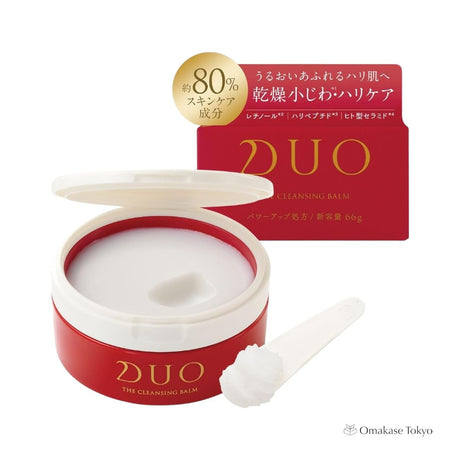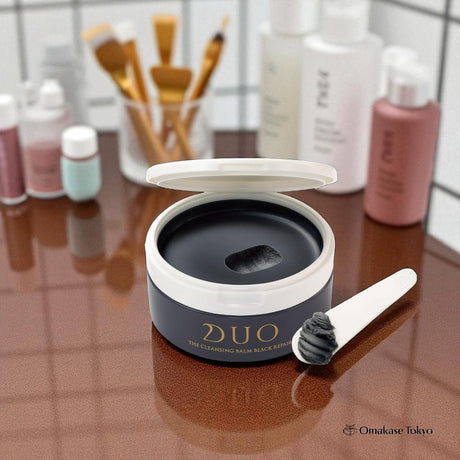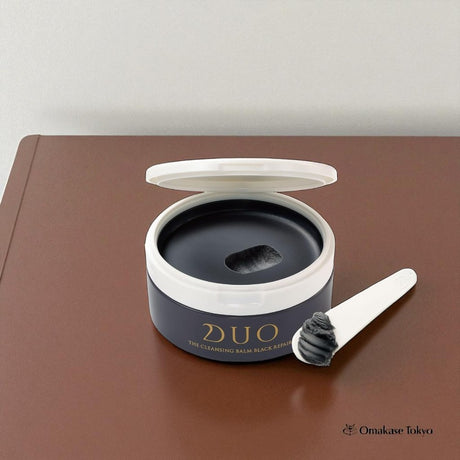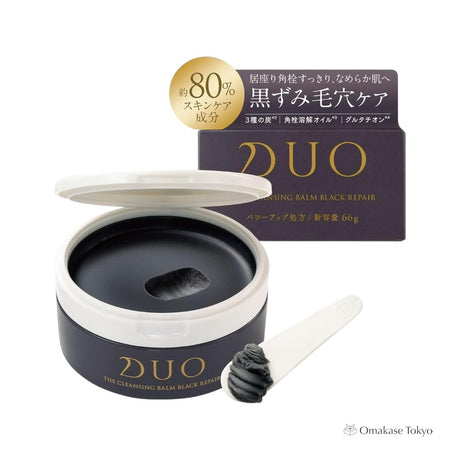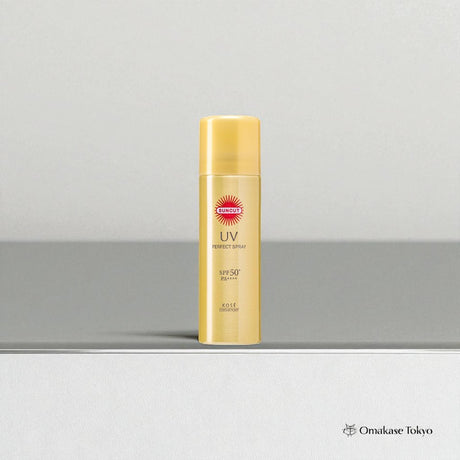Today, I want to dive into a special Japanese tradition that's all about taking a moment to appreciate the beauty of nature: "Tsukimi". If you've never heard of it before, Tsukimi, or the Moon Viewing Festival, is an ancient Japanese celebration where people gather to admire the full moon. Let's explore this enchanting tradition and see why it's still such a big deal in Japan today!
What is "Tsukimi"?
Tsukimi literally means "moon viewing" in Japanese. This festival dates back over a thousand years to the Heian period (794-1185), a time when the Japanese aristocracy would host elaborate moon-viewing parties. It's traditionally held in mid-autumn, when the moon is believed to be at its brightest and most beautiful. While the date can vary depending on the luna calendar, Tsukimi usually falls in September or October.
Traditional Tsukimi Foods
One of the best parts of any festival is, of course, the food! Tsukimi is no different. There are a few traditional foods that are closely associated with this festival, and they all have special meanings.
- Tsukimi Dango: These are small, round rice dumplings that are said to resemble the full moon. They're usually displayed in a pyramid shape on an offering tray. Not only are they delicious, but they're also a symbol of gratitude for the year's harvest.
- Susuki (Japanese Pampas Grass): While not technically food, susuki is an essential part of Tsukimi. It's placed alongside the dango as a symbol of the rice plant, which is a staple of Japanese agriculture. The grass is said to protect against evil spirits.
- Seasonal Fruits and Vegetables: You'll also find displays of seasonal produce like chestnuts, persimmons, and taro. These represent the fruits of the harvest and are part of offerings to the moon.
- Tsukimi Soba/Udon: In modern times, some people enjoy soba or udon noodles topped with a raw egg, which is said to look like the moon. This dish is often called "Tsukimi soba" or "Tsukimi udon" and is a delicious way to celebrate!
Tsukimi Around the World
If you're not in Japan but still want to join in on the Tsukimi fun, don't worry! This beautiful tradition has spread beyond Japan's borders, and you can find Tsuimi celebrations in various parts of the world. In places with large Japanese communities, like Los Angeles, New York, and London, you might find public Tsukimi events where you can enjoy traditional foods, performances, and of course, moon viewing.
Even if there's no official event near you, you can still celebrate Tsukimi at home. All you need is a clear night, a view of the moon, and maybe a few tasty treats to enjoy while you reflect on the beauty of nature.
Fun Facts About Tsukimi
Here are a few fun fact about Tsukimi that you might not know:
- Rabbit on the Moon: In Japanese folklore, it's believed that rabbit lives on the moon, making rice cakes (mochi). This story is so popular that you'll often see rabbit motifs during Tsukimi.
- Tsukimi Burgar: Yes, even fast food has gotten in on the Tsukimi action! Every year, McDonal's Japan releases a special Tsukimi burger, which features an egg to represent the moon. It's a fun, modern twist on the traditional celebration.
- Different Names for Different Moons: Just like in the West, where we have names like "Harvest Moon" and "Blue Moon," Japan also has special names for the full moons of each month. The Tsukimi moon is often called the "Chushu no Meigetsu," or the "Mid-Autumn Moon."
Final Thoughts
Tsukimi is more than just a festival; it's a time to pause and reflect on the beauty of life. Whether you're in Japan or celebrating from afar, Tsukimi is a wonderful tradition to embrace. So, grab a blanket, find a cozy spot, and enjoy the magic of moon viewing with your loved ones. Happy Tsukimi, everyone!

